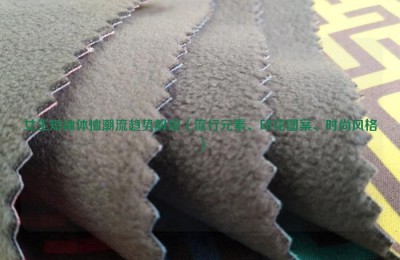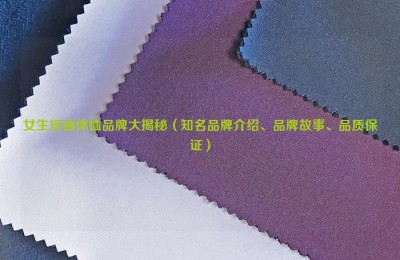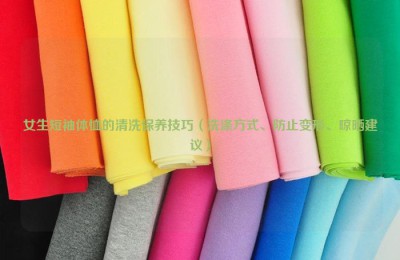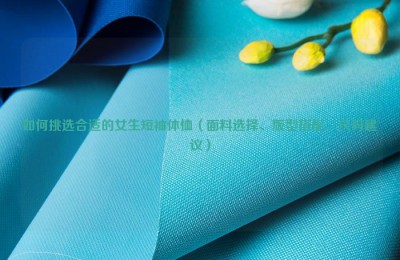Spunlaced non-woven fabric uses the “jet-spraying” process to make loose fiber webs entangled with each other to form a strong network structure. The physical properties of the spunlaced non-woven fabric made in this way are very different from other non-woven fabrics. Today I will introduce to you the advantages, disadvantages and uses of spunlaced non-woven fabrics.

Characteristics of spunlaced non-woven fabrics:
1 On the one hand, spunlace non-woven fabrics have better bulkiness because during its processing and production, the fiber web is not squeezed and no adhesive is added. On the other hand, because it has a network-like fiber structure, spunlace non-woven fabrics have better fluffiness. The fabric has strong mechanical strength, which has reached about 85% of the strength of textiles. The fibers of spunlace non-woven fabrics can also be blended with other fibers according to the purpose.
Advantages of spunlace non-woven fabrics:
1. Spunlace non-woven fabrics are soft and have a drapey feel.
2. The mesh fiber structure determines the strength of the fabric.
3. High hygroscopicity and rapid hygroscopicity are its main functional characteristics.
4. The fabric will not pill when used normally.
5. The fabric is washable and not prone to mildew.
Disadvantages of spunlace non-woven fabrics:
The disadvantages of spunlace non-woven fabrics are mainly reflected in the production process. Fabric processing is extremely energy-consuming. The maintenance cost of the equipment is also very high, the process is complex, and the space used is large.
Spunlaced non-woven fabric uses:
1. Disposable surgical gowns, surgical aprons and tablecloths, etc.
2. Gauze bandages and band-aids, etc.
3. Clothing linings, various protective clothing, etc.
4. Home and car interiors, etc.
BBBDF3RSEGDTHIU






